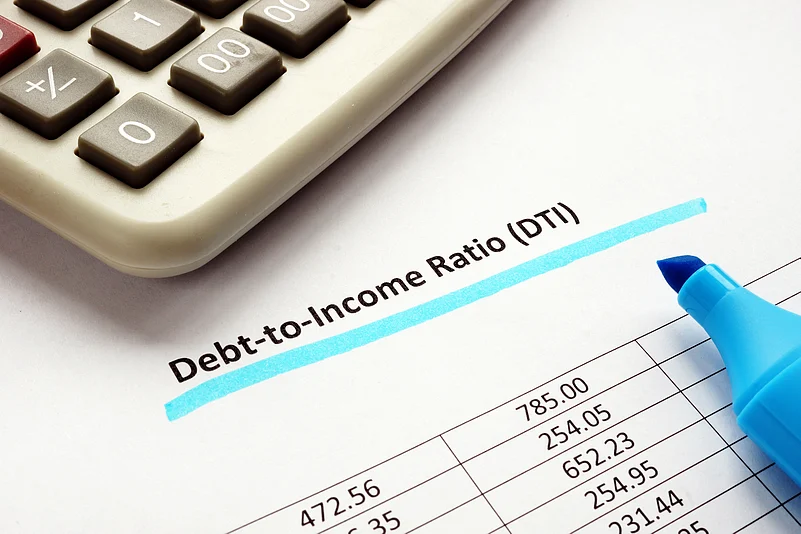Among the numerous metrics that lenders check when one applies for a home loan or personal loan is the debt-to-income (DTI) ratio. This simply involves the percentage of the amount of your monthly income that you have put aside to pay off debt. In simple language, it helps banks and other financial institutions ascertain how much of a risk lending to you will be and therefore the chances of approval for the loan and its possible terms.
What is the DTI Ratio?
DTI ratio means the percentage of your income spent to clear debts for the month. It calculates as total monthly debt payments, grossed by dividing it into grossed monthly income and multiplied by 100. For instance, if you spend Rs 25,000 on monthly debt payments and earn Rs 1,00,000 before tax your DTI ratio would be 25 per cent.
Most lenders in India look for a DTI ratio to be below 40 per cent. A lower DTI means that you are not financially strained and would, therefore, be considered capable of repaying new debt. A high DTI, on the other hand, indicates that you are financially strained and, therefore, less likely to repay a new loan.
How to Calculate DTI
Calculating your DTI ratio is easy, and it only requires two pieces of information- your total monthly debt obligations and your gross monthly income.
1. Add Up Monthly Debts: Deduct all the monthly obligations via debt repayments, for example, EMIs on loans, credit card payments, car loans, and any other regular debt liabilities.
2. Determines Gross Monthly Income: This is the amount of money one receives before tax evasion or any kind of deduction. For a salaried individual, it is their month-end pre-tax amount while for freelancers, the average amount received during the months.
3. Calculate the DTI ratio: Multiply your debt repayment in rupees by total monthly debt and then with 100 to get per cent. For instance, if you repay a debt payment of Rs 25,000, and your gross income amount is Rs 1,00,000. The calculation will be (25,000 / 1,00,000)*100=25 per cent DTI ratio.
The formula for this calculation is:
DTI Ratio = Total Monthly Debt ÷ Total Gross Monthly income x 100
DTI Ratio Meaning For Loan Approval
With a lower ratio, you have a lower probability of defaulting on a loan, and this appeals to lenders who wish to minimize the risk. The chances of loan rejection or lesser offers generally increase if you have a high DTI ratio.
For instance, if your DTI stands at around 50 per cent, mortgage lenders are likely not to sanction the home loan. In case they do, it is claimed that these applicants with a high DTI get a higher interest rate as a form of compensation to lenders for the risk involved. Similarly, those borrowers with a DTI of less than 30 per cent are considered to be the most stable ones and may also enjoy good and low loan terms and interest rates.
Ways to Improve Your DTI Ratio
Reducing your DTI ratio helps give you better chances of getting a better loan. Strategies to reduce DTI include paying down outstanding debts, consolidating high-interest loans, or even managing a monthly increase in income. People who are looking to make major financial commitments like buying a home can really make a difference with DTI levels by focusing on DTI reduction for a few months before loan application.
The DTI ratio, then, is not just a statistic but rather your financial health. Managing this ratio wisely isn't only going to improve your loan-eligibility chances but would also mean you have a clearer picture of your overall financial well-being.
















